What are the best substitutes for mint?
Need a substitute for mint? Mint is a versatile herb that can be used in both savory and sweet recipes. If you have run out of mint you could try using basil, thyme, parsley, marjoram, tarragon, rosemary, lemon extract, peppermint extract, or even herbal mint tea.
Outside of cooking did you know that mint can be used in other interesting ways? Here are some of the most common uses for mint:
- Culinary: Mint is a popular ingredient in many dishes, including salads, chutneys, desserts, and beverages. It can also be used to flavor meats, fish, and vegetables.
- Medicinal: Mint has been used for centuries to treat a variety of ailments, including indigestion, nausea, vomiting, headaches, and muscle pain. It is also said to help improve cognitive function and reduce stress levels.
- Aromatherapy: Mint essential oil is often used in aromatherapy to relieve stress, improve focus, and boost energy levels. It can also be used to freshen breath and reduce nausea.
- Cosmetics: Mint extract is often used in cosmetics, such as soaps, lotions, and lip balms, to add a refreshing scent and to help soothe irritated skin.
- Home remedies: Mint can be used to make a variety of home remedies, such as a mint tea for indigestion or a minty mouthwash for freshening breath.
So overall mint is one of those herbs that you can use in multiple settings. I even grow some in a pot – see the photo at the top of the article – all mine.
What is mint?
Did you know there are about 15-20 species of mint? They include peppermint, spearmint, and watermint. Mint plants are native to Europe, Asia, and North Africa, but they are now actually cultivated worldwide.
Mint plants are known for their aromatic leaves, which are used in cooking, beverages, and traditional medicine. The leaves have a refreshing, minty flavor that is often described as being both sweet and sour. Mint leaves are also a good source of vitamins A and C, as well as antioxidants.
Here are some of the uses of mint:
- In cooking: Mint leaves are a popular ingredient in many dishes, including salads, chutneys, desserts, and beverages. They can also be used to flavor meat, fish, and vegetables.
- In beverages: Mint leaves are often used to flavor teas, cocktails, and mocktails. They can also be used to make mint syrup, which can be used to sweeten drinks or add a minty flavor to desserts.
- In traditional medicine: Mint leaves have been used for centuries to treat a variety of ailments, including indigestion, nausea, and headaches. They are also said to help relieve muscle pain and improve respiratory health.
Here are some of the health benefits of mint:
- Digestive health: Mint leaves can help to soothe the digestive system and relieve indigestion. They can also help to reduce nausea and vomiting.
- Respiratory health: Mint leaves can help to clear the airways and relieve congestion. They are also said to help to reduce the severity of asthma attacks.
- Headache relief: Mint leaves can help to relieve headaches by reducing inflammation and stimulating blood flow to the brain.
- Other health benefits: Mint leaves have also been shown to have antibacterial, antifungal, and antioxidant properties. They may also help to improve cognitive function and reduce stress levels.
Mint is a versatile herb that can be used in a variety of ways. It is a delicious addition to food and beverages, and it also has a number of health benefits. If you are looking for a refreshing and flavorful herb to add to your diet, mint is a great choice.
Okay, before we look at your mint substitute options, let’s deal with that empty cupboard situation!
Where can I buy Mint?
If you want to be more prepared and ensure you don’t run out of mint then you should stock up now.
Nowadays most delicatessens and general supermarkets stock a wide variety of mint – both fresh and dried. Or if you prefer you can also purchase mint on-line. Here is a link for a large 16.0 ounce pack full of peppermint aroma and flavor.
So why not jump on and place your order today.
STOCK UP NOW!
Organic Mint Leaves 16.0 ounces of minty aroma and flavor
Cut and sifted mint leaves – ready to use in recipes, health products, or as a tea.
Non-irradiated and organic ensuring highest quality product is sent directly to you.
What can I substitute for Mint?
Here are some of the best ingredients to substitute the flavor and role that mint provides in your recipes.
- Basil
- Thyme
- Parsley
- Marjoram
- Tarragon
- Rosemary
- Lemon extract
- Peppermint extract
- Herbal mint tea
Mint substitutes
Basil as a substitute for mint
Basil can be a suitable substitute for mint in various dishes, especially those that can benefit from its herbal and slightly sweet flavor. Here are some ideas on how to use basil as a substitute for mint:
- Desserts: While basil has a different flavor profile from mint, it can still be used in desserts. For example, you can make a basil-infused syrup and use it to drizzle over fruit salads, ice creams, or sorbets.
- Beverages: Create basil-infused water or syrup and use it to flavor lemonades, iced teas, or cocktails. Basil pairs well with citrusy and fruity beverages.
- Savory Dishes: Basil works wonderfully in savory dishes where mint is commonly used. Add fresh basil leaves to salads, pasta dishes, and grain bowls for a burst of fresh flavor.
- Pesto: Instead of traditional mint pesto, make a basil pesto using fresh basil leaves, pine nuts or walnuts, garlic, Parmesan cheese, and olive oil. This can be tossed with pasta or used as a sauce for various dishes.
- Thai Cuisine: While mint is commonly used in Thai cuisine, basil is another herb found in many Thai recipes. Use basil in Thai-inspired dishes like stir-fries or curries.
- Marinades: Incorporate basil into marinades for meat, poultry, or seafood to add an aromatic and slightly sweet element to your dishes.
- Garnish: Use fresh basil leaves as a garnish for both savory and sweet dishes to add a pop of color and flavor.
Remember that while basil can be a great substitute for mint in certain dishes, it does have its distinct flavor, so it may not be a perfect match for recipes where the mint’s cooling and herbal notes are essential.
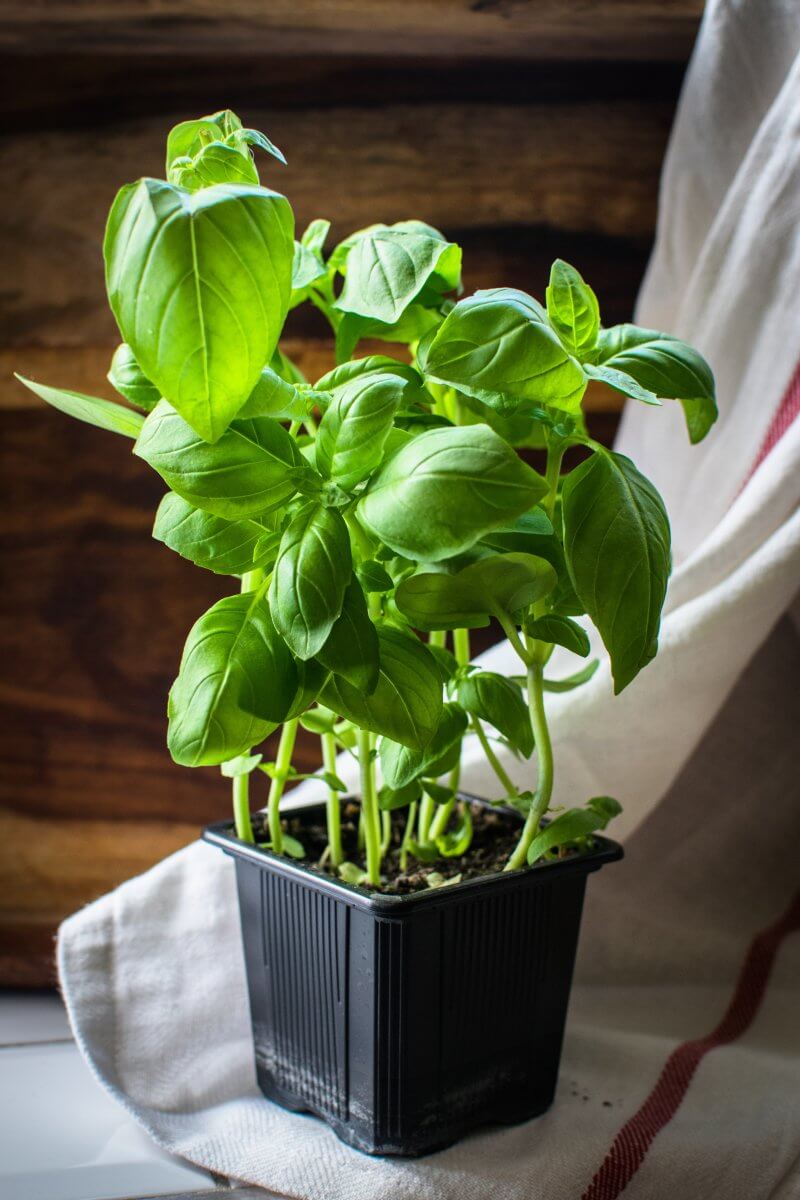
Thyme
Thyme can be a good substitute for mint in certain dishes, especially in savory recipes. While it won’t replicate the exact flavor of mint, thyme brings its own unique herbal and earthy notes that can enhance various dishes. A good rule of thumb is to use 1/4 teaspoon of thyme for every 1 teaspoon of mint.
Here are some ways to use thyme as a substitute for mint:
- Savory Dishes: Thyme pairs well with meats, poultry, and roasted vegetables. You can use it in dishes like roasted chicken, lamb, or beef, adding a sprinkle of fresh or dried thyme during cooking.
- Soups and Stews: Thyme can be used in soups and stews to impart a savory and aromatic flavor. It works particularly well in tomato-based soups or vegetable stews.
- Salads: While thyme is not as bright and refreshing as mint, it can still add a pleasant herbal touch to salads. Mix fresh thyme leaves into green salads or potato salads for an earthy twist.
- Pasta Dishes: Add thyme to pasta sauces, such as tomato-based sauces or creamy white sauces, to bring a subtle herby flavor.
- Infused Water: Like mint, you can use thyme to infuse water for a slightly different herbal twist. Combine fresh thyme sprigs with water and let it steep for some time before serving.
- Herbal Tea: Thyme can be used to make herbal tea. Simply steep fresh or dried thyme leaves in hot water and enjoy its earthy taste.
- Desserts (sparingly): In some cases, thyme can be used sparingly in desserts, especially those with fruits like berries or citrus. However, keep in mind that thyme has a stronger flavor profile compared to mint, so a little goes a long way in sweet dishes.
It’s important to remember that while thyme can be a suitable substitute for mint in certain recipes, it won’t provide the same cooling and refreshing quality that mint does. The appropriateness of the substitution will depend on the specific dish and your personal taste preferences. If possible, you can also consider a combination of herbs to get a more complex flavor profile that works well for your recipe.
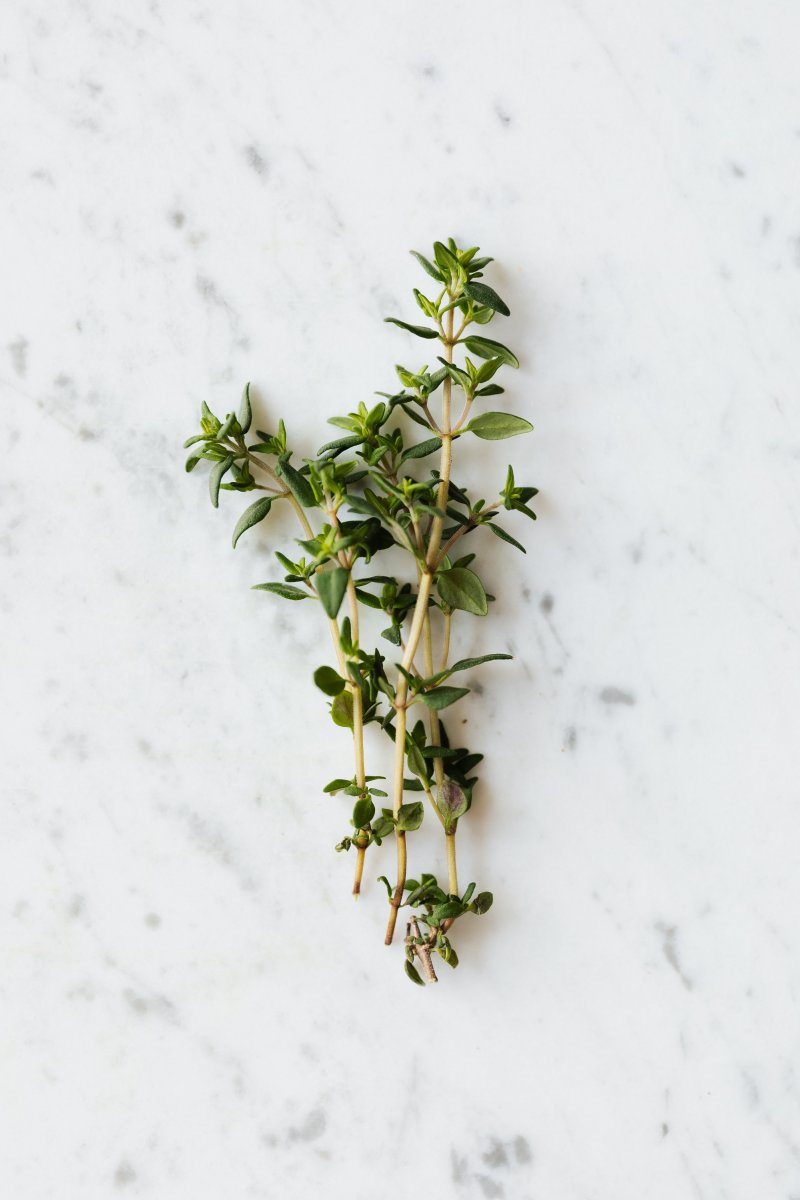
Parsley
Using parsley as a substitute for mint can work well in certain dishes, especially those that require a fresh and herbaceous flavor. While parsley doesn’t have the same menthol cooling effect as mint, it still offers a pleasant and aromatic taste that can enhance various recipes. Here are some ways to use parsley as a substitute for mint:
- Garnish: Just like mint, you can use fresh parsley leaves as a garnish for salads, soups, stews, grilled meats, and seafood. It adds a pop of green color and a burst of herbal freshness.
- Herb Sauces: If a recipe calls for a mint-based sauce, you can create a parsley-based sauce instead. For example, try making a parsley pesto or a parsley chimichurri to drizzle over grilled vegetables or meats.
- Salads: Use chopped parsley in place of mint in salads. It pairs well with cucumber, tomato, feta cheese, lemon, and olive oil.
- Rice and Grain Dishes: Add finely chopped parsley to rice dishes, couscous, quinoa, or bulgur for a herbal flavor.
- Herb-infused Oil: Create a parsley-infused oil by blending fresh parsley leaves with olive oil. Use this oil to drizzle over roasted vegetables or grilled dishes.
- Beverages: While not as common as mint, you can experiment with adding chopped parsley to lemonades, iced teas, or fruit-infused water for a different herbal twist.
- Tabbouleh: Tabbouleh is a Middle Eastern salad traditionally made with parsley, mint, bulgur, tomatoes, onions, and a lemony dressing. If you don’t have mint, you can still make a tasty version with just parsley.
Remember that parsley has a more robust and earthy flavor compared to mint, so the resulting taste will be different. However, it can still bring a unique and enjoyable touch to various dishes.
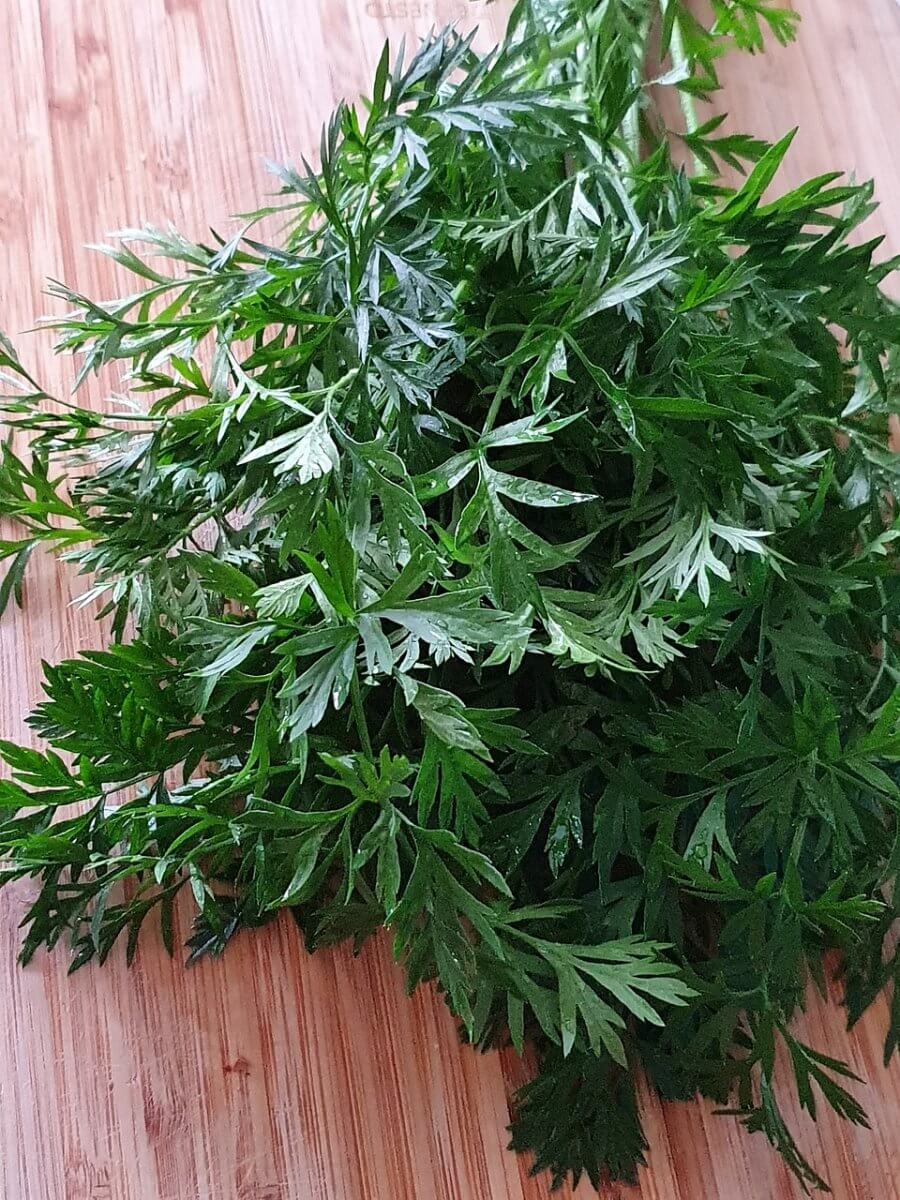
Marjoram
Marjoram is an herb with a flavor profile that’s closer to mint compared to lemon zest. While it won’t exactly replicate the taste of mint, it can still be a suitable substitute in many dishes. Here are some ways you can use marjoram as a substitute for mint:
- Savory Dishes: Marjoram works well in savory dishes, just like mint. It pairs nicely with meats like lamb, chicken, and beef. Use it to season roasts, stews, soups, and marinades.
- Salads: Instead of using mint in salads, you can sprinkle chopped or minced marjoram over fresh greens, tomatoes, cucumbers, and other vegetables. It adds a slightly sweet and earthy note to salads.
- Sauces and Dressings: Marjoram can be included in sauces and dressings to give them a mint-like herbal flavor. Mix it into yogurt-based dressings, vinaigrettes, or even tomato-based sauces.
- Infused Oil or Vinegar: Create marjoram-infused oil or vinegar and use it as a condiment or drizzle it over dishes for added flavor.
- Herbal Tea: Just like mint tea, you can make a soothing herbal tea with marjoram leaves. Steep a few leaves in hot water for a few minutes and enjoy its aromatic and calming qualities.
- Garnish: Sprinkle chopped marjoram over dishes as a garnish to enhance their flavor and presentation.
Overall, marjoram’s herbal and slightly sweet notes can work as a good alternative to mint in many dishes. So enjoy.
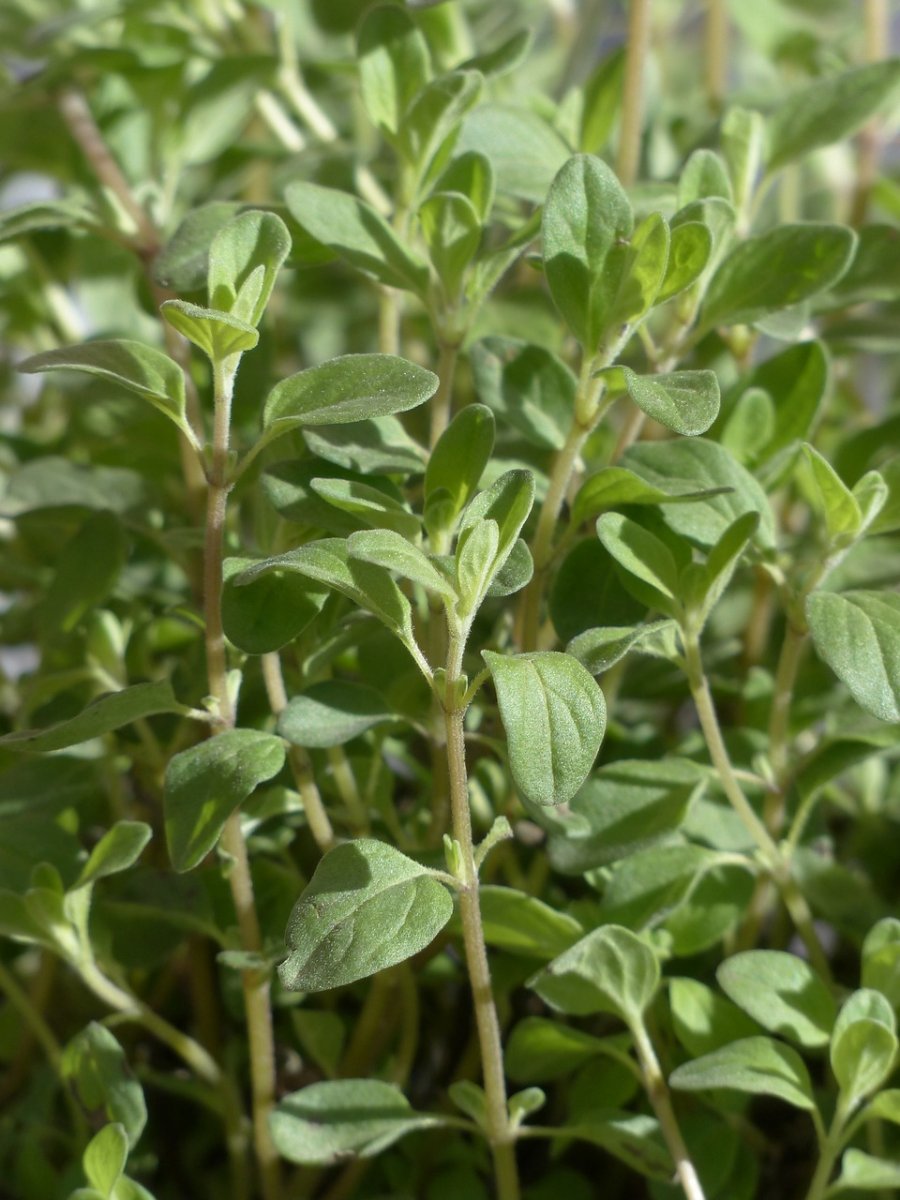
Tarragon as a substitute for mint
Tarragon can be used as a substitute for mint in certain dishes, particularly in savory recipes. While tarragon and mint have distinct flavors, tarragon can add a subtle anise-like taste, which can be refreshing and delightful in its own way. Here are some ways to use tarragon as a substitute for mint:
- Sauces and Dressings: Use chopped tarragon in sauces and dressings, such as yogurt-based dressings, vinaigrette’s, or creamy sauces. It can bring a unique and sophisticated flavor to your dishes.
- Seafood Dishes: Tarragon pairs well with seafood, much like mint. Consider using tarragon in seafood recipes like grilled fish, shrimp, or scallops to add a touch of herbal brightness.
- Roasted Vegetables: Add fresh or dried tarragon to roasted vegetables, like carrots, potatoes, or asparagus, to introduce a hint of anise flavor and elevate the taste.
- Soups and Stews: Tarragon can be a great addition to soups and stews. It complements the flavors of chicken, mushroom, or vegetable-based broths.
- Herbal Tea: Steep fresh tarragon leaves in hot water to make a flavorful herbal tea. It may not replicate the exact taste of mint tea, but it offers a unique and pleasant herbal infusion.
- Infused Water: Drop a few sprigs of tarragon into a pitcher of water for a refreshing and subtly flavored beverage.
While tarragon can be a good substitute for mint in many savory dishes, it’s important to remember that the flavors are not identical. If the recipe specifically calls for the cooling and refreshing qualities of mint, tarragon may not be the best replacement. However, for recipes that can benefit from an herbal and slightly anise-like note, tarragon can be an excellent alternative.
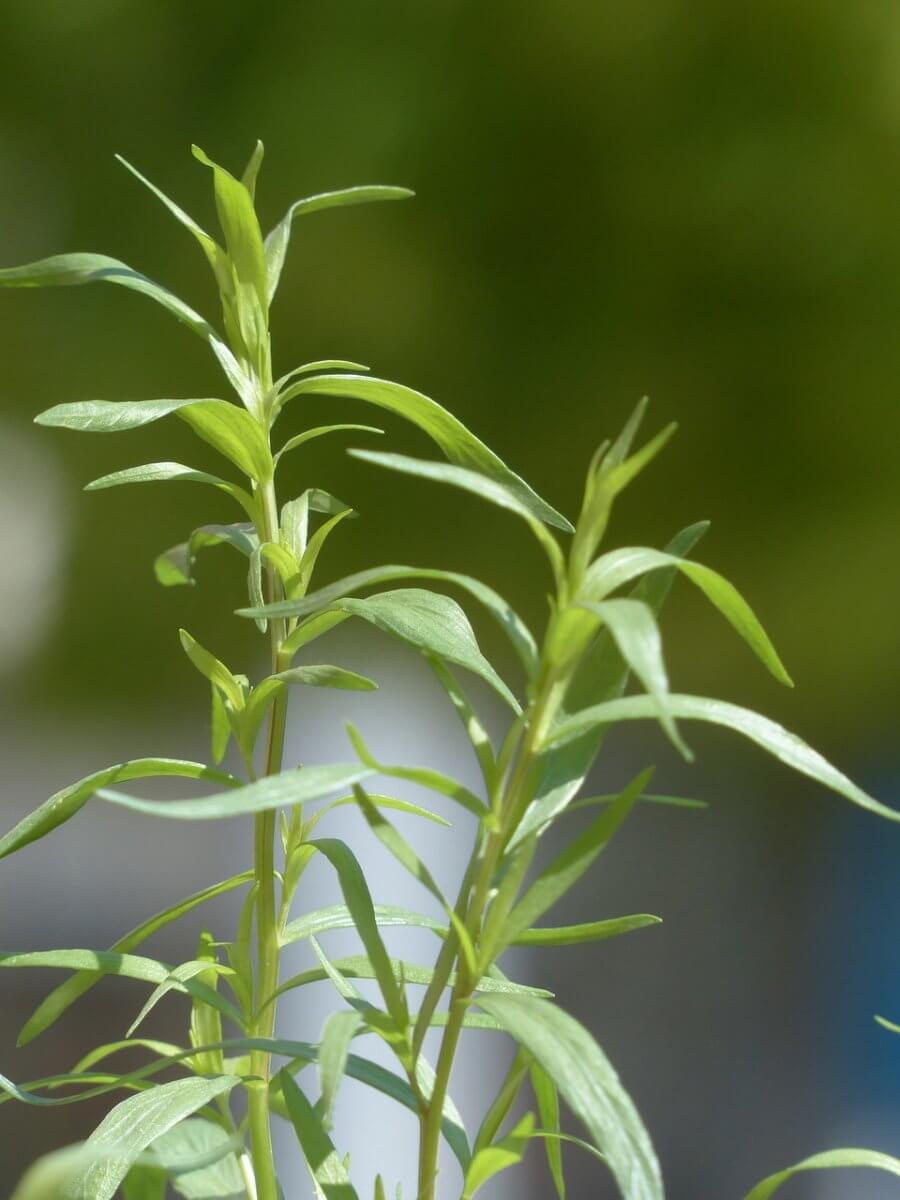
Rosemary as a substitute for mint
Rosemary can be a great substitute for mint, especially in dishes that can benefit from its herbal, slightly piney, and earthy flavor. While it won’t provide the exact taste of mint, rosemary can add a unique and aromatic twist to your recipes. Here’s how you can use rosemary as a substitute for mint:
- Savory Dishes: Rosemary works well in savory dishes, especially those featuring roasted meats like lamb, chicken, or pork. You can use it in marinades, rubs, or as a seasoning for grilled vegetables and potatoes.
- Soups and Stews: Add rosemary to soups, stews, and sauces for a fragrant and savory note. It can bring a delicious depth of flavor to tomato-based dishes, bean soups, or hearty stews.
- Breads and Baked Goods: Consider using rosemary in bread recipes or savory baked goods like focaccia, scones, or biscuits to introduce an herbal twist to your creations.
- Infused Oils and Vinegar’s: Make rosemary-infused oil or vinegar to drizzle over salads, pasta, or roasted vegetables. It adds a delightful aromatic touch.
- Potatoes and Fries: Sprinkle chopped or crushed rosemary over roasted or mashed potatoes, or use it to season homemade fries for a flavorful enhancement.
- Herbal Tea: Use fresh or dried rosemary to brew a herbal tea. It won’t be exactly like mint tea, but it can still offer a pleasant and soothing hot beverage.
Remember that rosemary has a strong flavor, so it’s best to use it sparingly, especially when substituting for mint, as mint is generally milder. Start with a smaller amount of rosemary and adjust to taste as you go. We would recommend you should use 1/4 teaspoon of rosemary for every 1 teaspoon of mint.
While rosemary can be a suitable substitute for mint in some dishes, it won’t work as well in others, particularly those where mint’s bright and refreshing flavor is a crucial element. As with any substitution, it’s essential to consider the overall flavor profile of your recipe and your personal preferences to determine whether rosemary is the right choice for your specific dish.
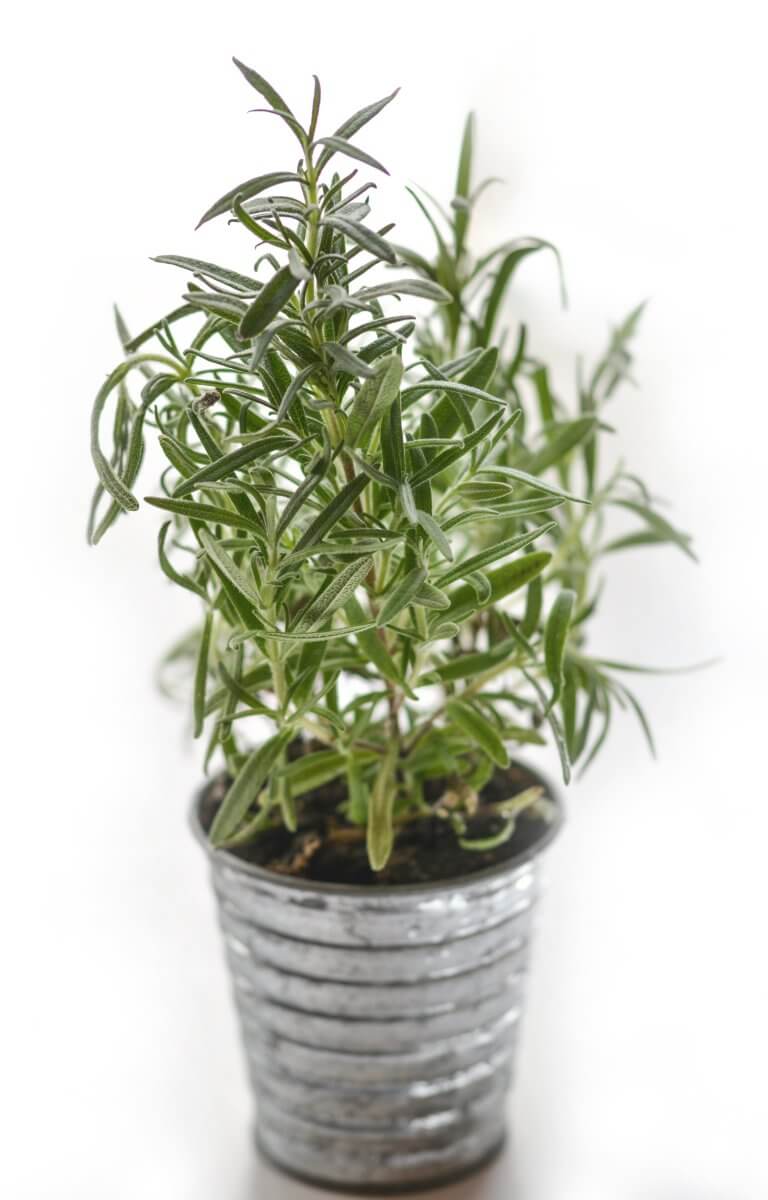
Lemon zest/extract as a substitute for mint
Using lemon zest as a substitute for mint can add a bright citrus flavor to your dishes. While it won’t replicate the exact taste of mint, it can provide a refreshing and tangy alternative. Here are some ideas on how to use lemon zest as a substitute for mint:
- Desserts: Lemon zest can be sprinkled over desserts like cakes, cupcakes, pies, or ice cream to add a zesty and aromatic touch. It pairs especially well with lemon-flavored or fruity desserts.
- Beverages: Add lemon zest to beverages like lemonades, iced teas, or cocktails to give them a citrusy twist. You can also infuse lemon zest into hot water to make a lemony herbal tea.
- Salad Dressings: Use lemon zest in salad dressings along with lemon juice, olive oil, and other herbs for a vibrant and tangy flavor.
- Marinades: Incorporate lemon zest into marinades for meat, poultry, or seafood to add a fresh and lively taste to your dishes.
- Savory Dishes: While not the same as mint, lemon zest can complement some savory dishes like grilled vegetables, couscous, rice, or pasta.
- Garnish: Sprinkle lemon zest over savory or sweet dishes as a garnish to add a burst of citrus aroma and flavor.
Keep in mind that while lemon zest can be a versatile and delicious substitute for mint in some cases, it won’t provide the same herbal, cooling, or earthy notes that mint does. But sure give it a go and see what you think.

Peppermint extract
Need a strong minty favor? Peppermint extract can be used as a substitute for fresh mint in recipes where you want to impart a strong mint flavor. It’s a concentrated liquid derived from peppermint leaves, so a little goes a long way. Here’s how you can use peppermint extract as a substitute for mint:
- Beverages: Add a few drops of peppermint extract to beverages like iced tea, lemonade, hot chocolate, or cocktails. Start with a small amount and adjust to your taste preference.
- Baking: Peppermint extract is commonly used in baking to flavor cakes, cookies, brownies, and other desserts. You can add a few drops to the batter or frosting. It works especially well in chocolate-based recipes, as chocolate and peppermint complement each other nicely.
- Ice Cream and Frozen Treats: If you’re making homemade ice cream or other frozen desserts, you can add peppermint extract to the mixture for a refreshing minty taste.
- Syrups and Sauces: Incorporate peppermint extract into syrups or dessert sauces to drizzle over pancakes, waffles, or ice cream.
- No-Bake Desserts: Peppermint extract can be used in no-bake desserts like cheesecake, mousse, or truffles to add a minty flavor.
- Marinades and Savory Dishes: While not as common as using fresh mint, you can experiment with adding a small amount of peppermint extract to marinades for lamb, poultry, or other savory dishes for a unique twist.
When using peppermint extract as a substitute for fresh mint, keep in mind that it is potent, and its flavor can be intense. Start with a small amount, like 1/4 teaspoon, and then adjust to your liking. Always taste as you go to avoid overwhelming your dish with the strong minty flavor. Additionally, peppermint extract does not provide the same texture or appearance as fresh mint leaves, so it’s best suited for dishes where you are looking for a concentrated mint flavor rather than the herb’s physical presence.

Herbal mint tea
Using herbal mint tea as a substitute for fresh mint can be a great option, especially if you don’t have access to fresh mint or prefer a milder mint flavor. Here’s how you can use herbal mint tea as a substitute:
- Tea: Obviously, you can brew the herbal mint tea and enjoy it as a beverage on its own. This is a straightforward way to experience the mint flavor in a mild and soothing form.
- Infuse into liquids: Steep the herbal mint tea in hot water or another liquid (like milk or cream) to infuse the liquid with minty flavor. This mint-infused liquid can then be used in various recipes.
- Salad dressings: Use the cooled and strained herbal mint tea as a base for salad dressings. Combine it with olive oil, vinegar, lemon juice, honey, salt, and pepper to make a refreshing dressing for your salads.
- Cocktails/mocktails: Add the cooled and strained herbal mint tea to your cocktails or mocktails for a minty twist. It can work well in drinks like mojitos, iced teas, or lemonades.
- Baking: You can use herbal mint tea to infuse the liquid in baking recipes. For example, use it to steep dried fruits, like raisins or cranberries, to add a subtle mint flavor to your baked goods.
- Sauces and marinades: Incorporate the strained herbal mint tea into sauces or marinades for meat, poultry, or seafood to impart a gentle minty taste.
- Syrups: Reduce the herbal mint tea on the stovetop by simmering it until it thickens slightly. This will create a mint-flavored syrup that you can drizzle over desserts or use in cocktails.
When using herbal mint tea as a substitute for fresh mint, remember that the flavor may be milder, so you might need to adjust the quantity to achieve the desired taste in your recipes. Also, keep in mind that the herbal tea may have other flavor components depending on its blend, so remember to take that into consideration when using it as a substitute.

Summary for Mint substitutes
Ultimately, the choice of substitute will depend on the specific recipe, your personal taste preferences, and the flavor profile you want to achieve. While the substitutes listed above cannot exactly replicate the cooling and earthy characteristics of mint, they can still enhance your dishes in their own delightful ways. Don’t hesitate to experiment with different combinations to discover new flavors and culinary delights.
Okay – that’s you all sorted with suitable substitutes for mint.
We have gathered together a lot more facts on ingredients such as herbs, spices, oils, nuts, etc. if you would like to learn some more.

